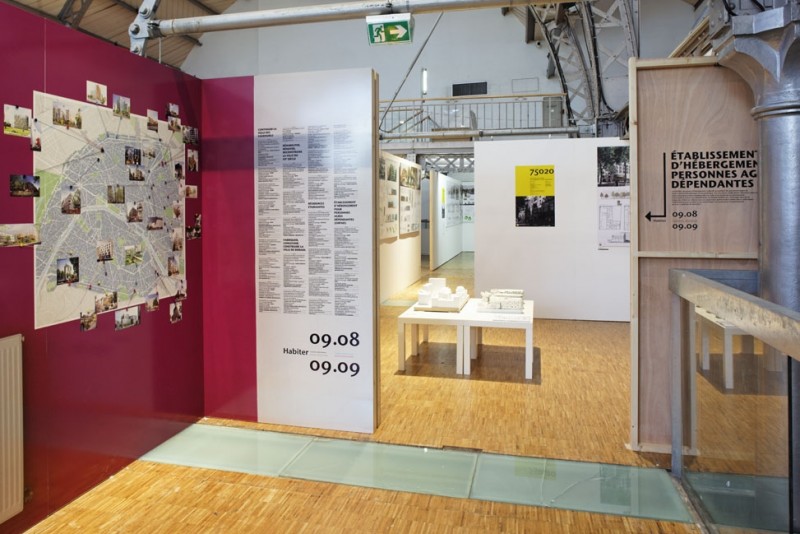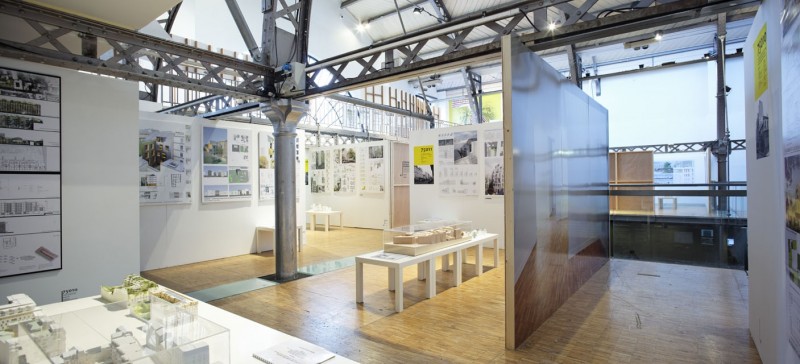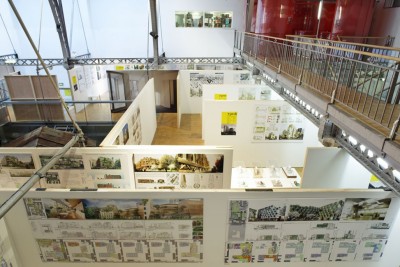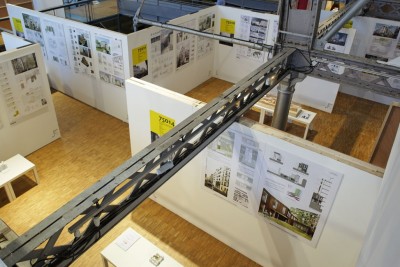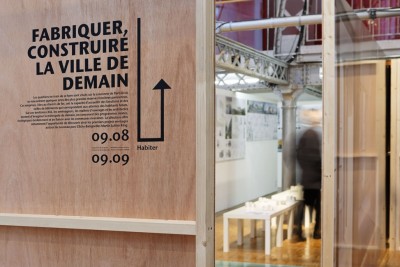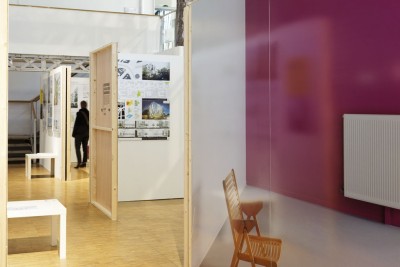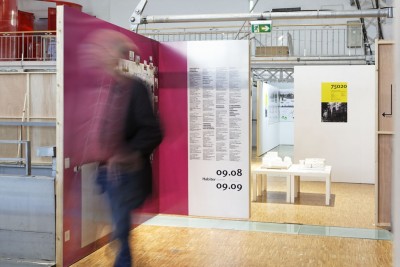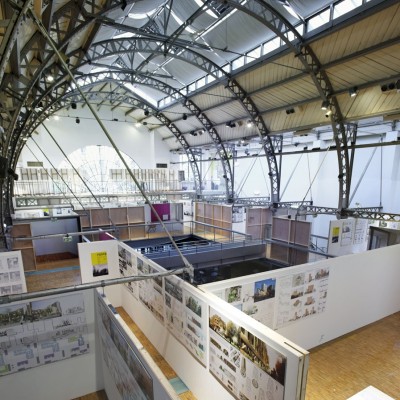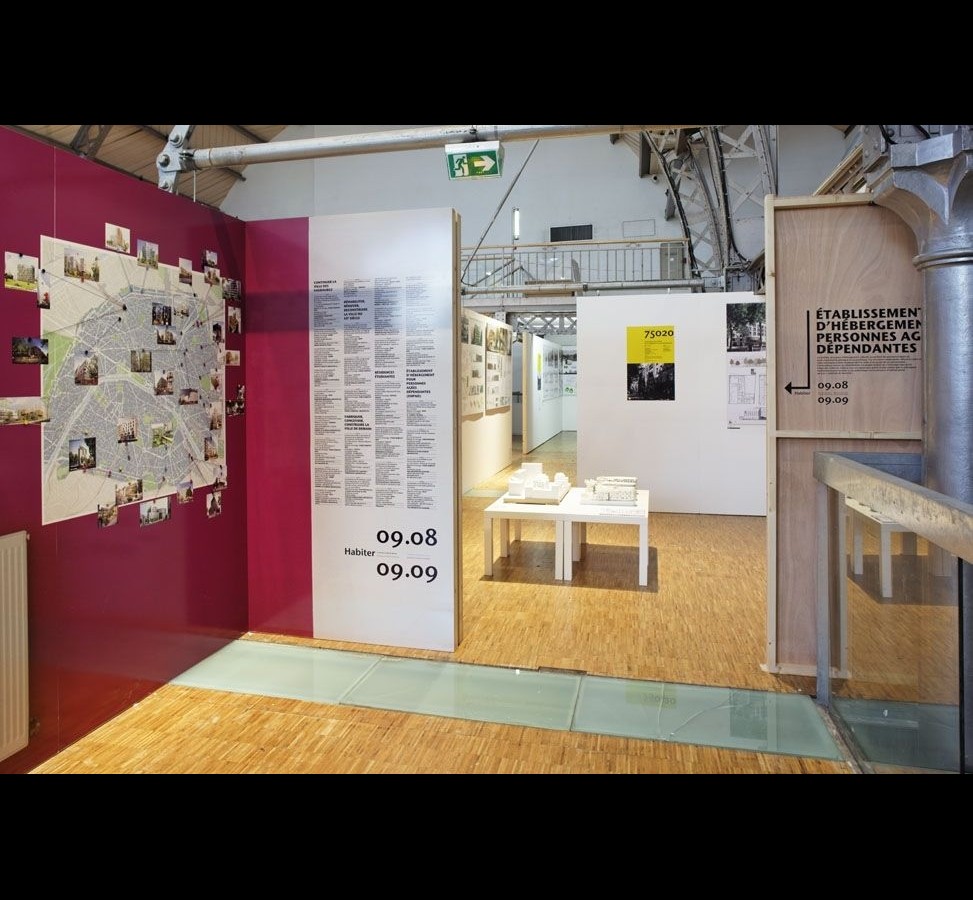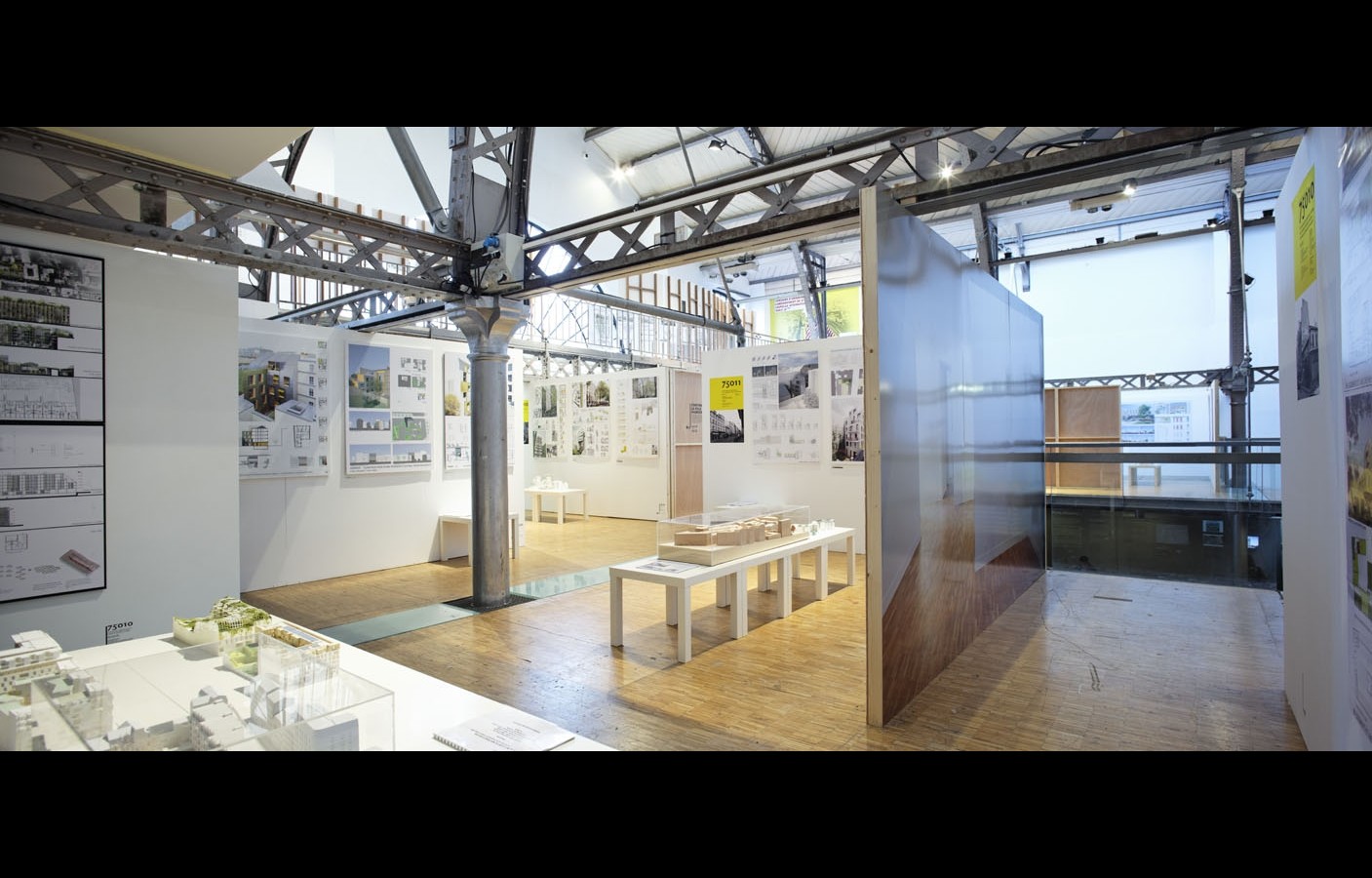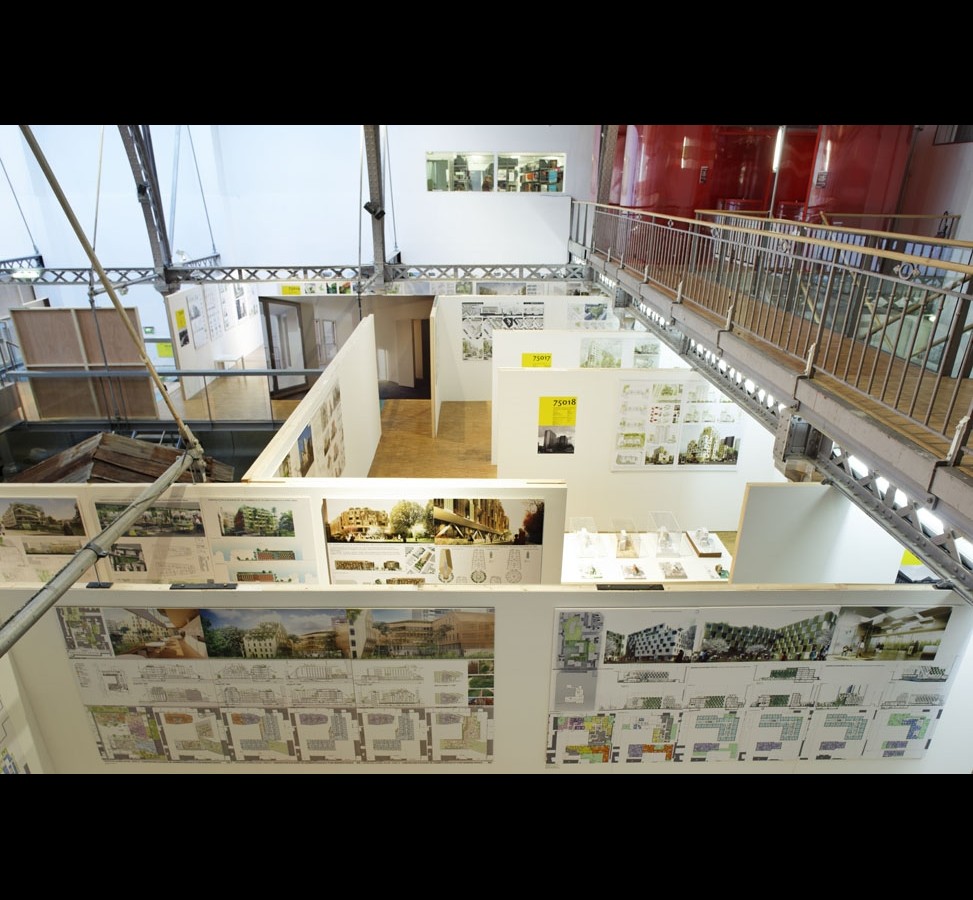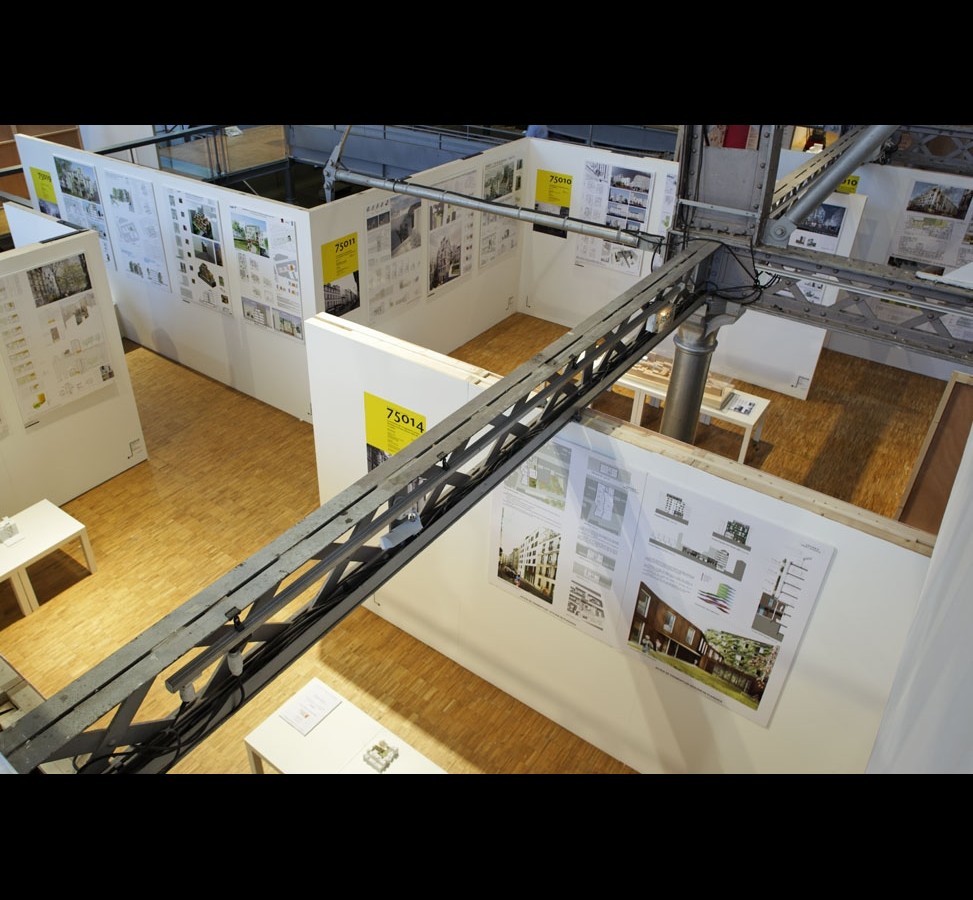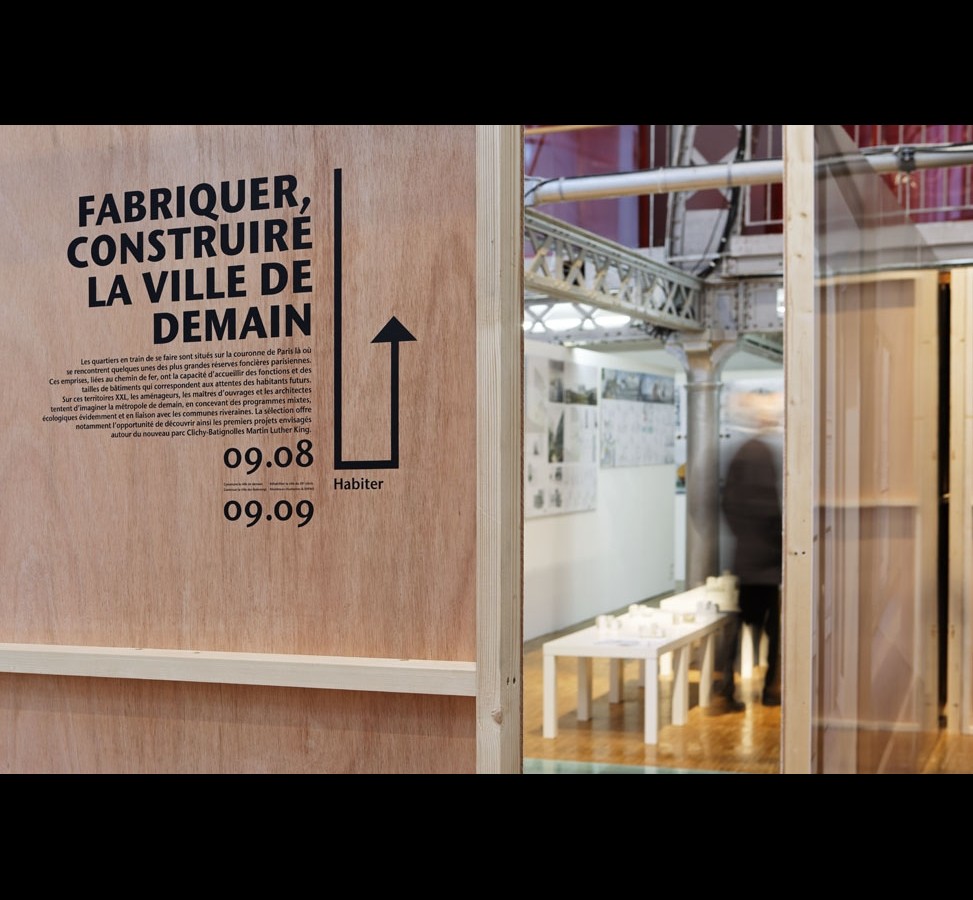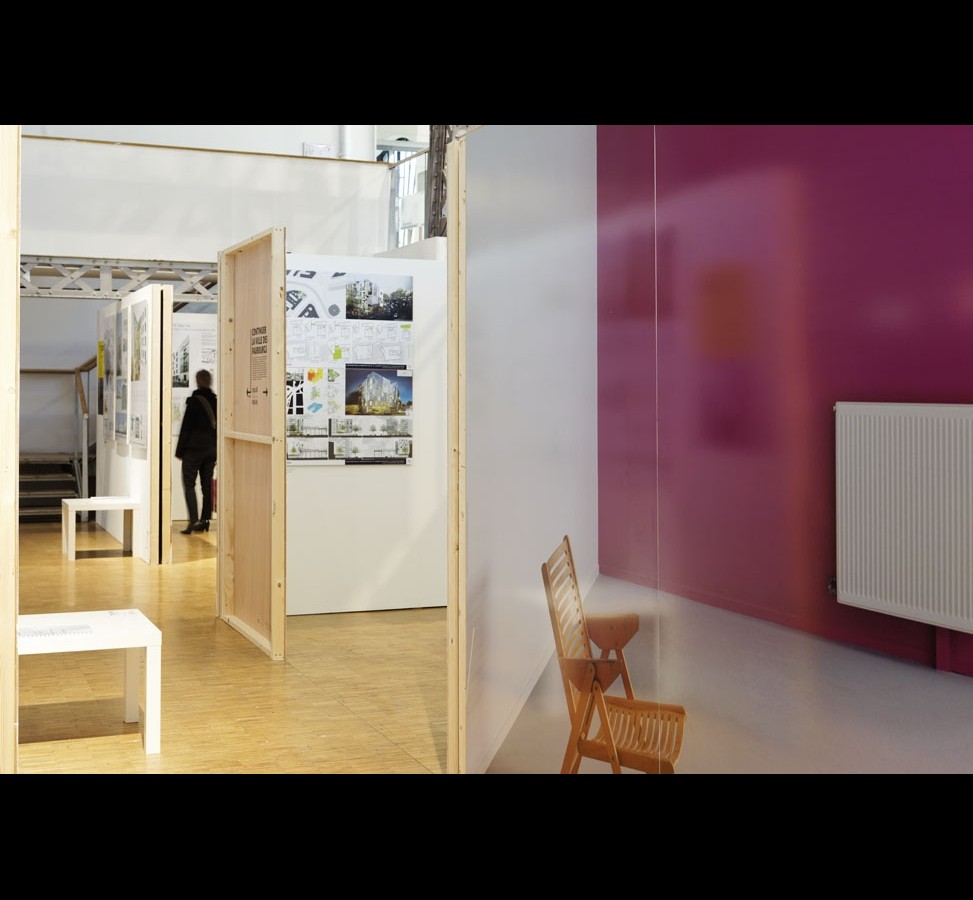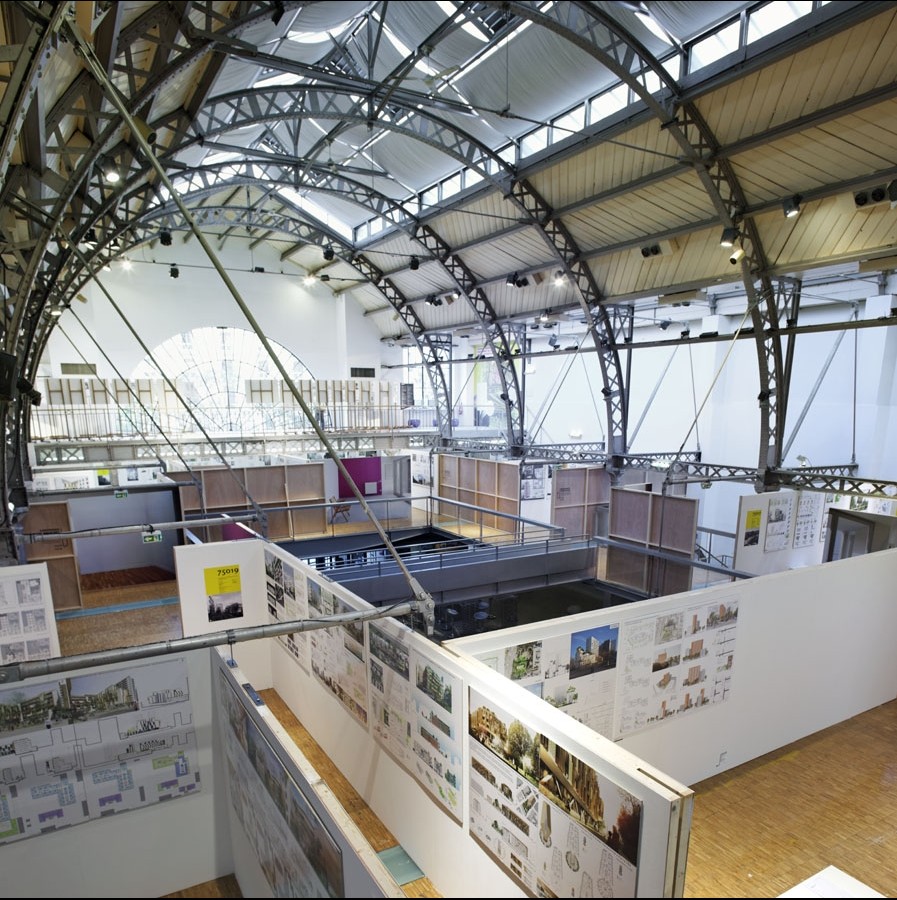“Living 09.08 / 09.09” provides an opportunity to the latest Parisian housing projects by architects and clients
The exhibition presents the results of thirty architecture competitions for the construction, renovation and restoration of housing in Paris and highlights some unique and unexpected solutions to mixed programmes (family, student and social housing as well as assisted living schemes) as well as some mixed usage (including infrastructure, commercial space and nurseries)
These recent competitions were sponsored by both public and private clients and included submissions from one hundred international architecture practices – some new, some well established. The collected works are being showed in this exhibition. Each one of these projects, regardless of their scope, aimed to overcome the local challenges and constraints to make the most of their programmes. In addition, they all fully subscribed to the concepts of ecological and sustainable building. This provides visitors with an insight into a variety of concepts including geothermal foundations, photovoltaic facades, solar panels for hot water generation as well as green roofs.
“Living 09.08/09.09” provides an overview of the production of housing and gives a unique insight into current projects within typical Parisian contexts (historic faubourgs, rehabilitation of 20th century heritage sites and new territory) as well as into specific highly original programmes (student and group housing and assisted living schemes). Keeping the Faubourgs Alive The first context displayed is the faubourg. Architects and contracting firms are focusing more and more on these charming and unique quarters (located for the most part between the 10th and the 20th arrondissement).
Though they vary greatly in size, many are small interventions which use innovative and contemporary approaches to contextualise buildings including town houses into the urban environment of faubourgs, developments, cul-de-sacs and alleyways. Each of these submissions aims to find both exceptional and homogenous solutions.
Restoring, Renovating and Reconstructing the City of the 20th Century
The second context is that of 20th century heritage sites which need to be restored, renovated, completed or reconstructed. These projects are large scale and have a high impact on the surrounding environment whether they are located in the centre of the city or in outlying regions. These sites – some from the 1930s but many from the post-war period – are often rundown and derelict. Today, they present a major challenge with some common characteristics such as height and large dimensions on a large scale. With the “addition of architecture”, the restoration projects exhibited all aim to fundamentally improve everyone’s quality of life.
Creating, Envisioning, Constructing the City of the Future
The third context is that of neighbourhoods which are currently being created. These projects form the pinnacle of real estate development in Paris with the largest areas available for construction coming from the railway network and provide the kind of space necessary to create housing commensurate with the expectations of tomorrow’s residents. Developers, contractors, clients and architects envision the city of tomorrow on these enormous sites including a variety of uses, naturally ecologically sustainable as well as taking into the account the surrounding area. The exhibition provides visitors with the unique opportunity to gain a insight into plans for the development of the area bordering the new Clichy-Batignolles Martin Luther King Park.
Student Housing In 2008, 9% of social housing financed by the City of Paris was used for students. The projects displayed demonstrate that by taking on student housing, the architects had to disengage themselves from preconceptions of who students are exactly and what their corresponding needs are. Innovative approaches are to be found particularly in the surrounding offerings as well as in the selection of uses combined student housing and schools or crèches, commercial space and offices. All of these solutions provide new approaches to student housing developments.
Assisted Living Schemes Assisted living schemes are available for the elderly who have become dependent on physical and/or psychological help. These programmes provide the elderly with access to medical attention without losing the individualism of their lives. These projects consist of either entirely new or renovated structures with a pronounced aim to immerse themselves into surrounding daily life and to contextualise themselves within their environment in order to provide residents with a veritable home as opposed to simply housing. Click here to download the list of the competitions and of the team of architects invited
These recent competitions were sponsored by both public and private clients and included submissions from one hundred international architecture practices – some new, some well established. The collected works are being showed in this exhibition. Each one of these projects, regardless of their scope, aimed to overcome the local challenges and constraints to make the most of their programmes. In addition, they all fully subscribed to the concepts of ecological and sustainable building. This provides visitors with an insight into a variety of concepts including geothermal foundations, photovoltaic facades, solar panels for hot water generation as well as green roofs.
“Living 09.08/09.09” provides an overview of the production of housing and gives a unique insight into current projects within typical Parisian contexts (historic faubourgs, rehabilitation of 20th century heritage sites and new territory) as well as into specific highly original programmes (student and group housing and assisted living schemes). Keeping the Faubourgs Alive The first context displayed is the faubourg. Architects and contracting firms are focusing more and more on these charming and unique quarters (located for the most part between the 10th and the 20th arrondissement).
Though they vary greatly in size, many are small interventions which use innovative and contemporary approaches to contextualise buildings including town houses into the urban environment of faubourgs, developments, cul-de-sacs and alleyways. Each of these submissions aims to find both exceptional and homogenous solutions.
Restoring, Renovating and Reconstructing the City of the 20th Century
The second context is that of 20th century heritage sites which need to be restored, renovated, completed or reconstructed. These projects are large scale and have a high impact on the surrounding environment whether they are located in the centre of the city or in outlying regions. These sites – some from the 1930s but many from the post-war period – are often rundown and derelict. Today, they present a major challenge with some common characteristics such as height and large dimensions on a large scale. With the “addition of architecture”, the restoration projects exhibited all aim to fundamentally improve everyone’s quality of life.
Creating, Envisioning, Constructing the City of the Future
The third context is that of neighbourhoods which are currently being created. These projects form the pinnacle of real estate development in Paris with the largest areas available for construction coming from the railway network and provide the kind of space necessary to create housing commensurate with the expectations of tomorrow’s residents. Developers, contractors, clients and architects envision the city of tomorrow on these enormous sites including a variety of uses, naturally ecologically sustainable as well as taking into the account the surrounding area. The exhibition provides visitors with the unique opportunity to gain a insight into plans for the development of the area bordering the new Clichy-Batignolles Martin Luther King Park.
Student Housing In 2008, 9% of social housing financed by the City of Paris was used for students. The projects displayed demonstrate that by taking on student housing, the architects had to disengage themselves from preconceptions of who students are exactly and what their corresponding needs are. Innovative approaches are to be found particularly in the surrounding offerings as well as in the selection of uses combined student housing and schools or crèches, commercial space and offices. All of these solutions provide new approaches to student housing developments.
Assisted Living Schemes Assisted living schemes are available for the elderly who have become dependent on physical and/or psychological help. These programmes provide the elderly with access to medical attention without losing the individualism of their lives. These projects consist of either entirely new or renovated structures with a pronounced aim to immerse themselves into surrounding daily life and to contextualise themselves within their environment in order to provide residents with a veritable home as opposed to simply housing. Click here to download the list of the competitions and of the team of architects invited



